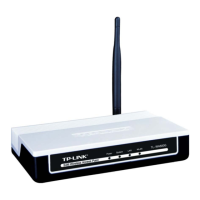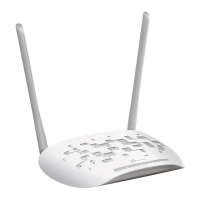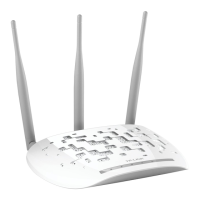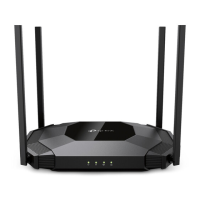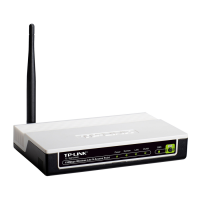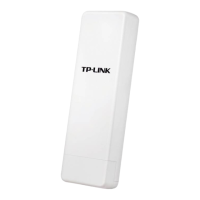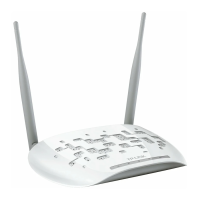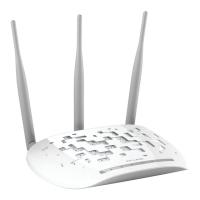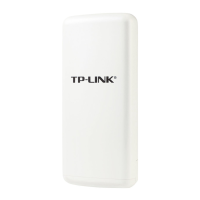37
require multiple connections. The DMZ host feature allows one local host to be exposed to the
Internet for a special-purpose service such as Internet gaming or videoconferencing. DMZ host
forwards all the ports at the same time. Any PC whose port is being forwarded must have its
DHCP client function disabled and should have a new static IP Address assigned to it because its
IP Address may change when using the DHCP function. The Universal Plug and Play (UPnP)
feature allows the devices, such as Internet computers, to access the local host resources or
devices as needed. UPnP devices can be automatically discovered by the UPnP service
application on the LAN.
Figure 4-27 The Forwarding menu
4.9.1 Virtual Servers
Selecting Forwarding > Virtual Servers will allow you to set up virtual servers on the page as
shown in Figure 4-28.
Figure 4-28 Virtual Servers
¾ Service Port - The numbers of External Ports. You can type a service port or a range of
service ports (the format is XXX – YYY, XXX is the start port, YYY is the end port).
¾ IP Address - The IP Address of the PC providing the service application.
¾ Protocol - The protocol used for this application, either TCP, UDP, or All (all protocols
supported by the router).
¾ Status - The status of this entry is either Enabled or Disabled.
¾ Modify - To modify or delete an existing entry.
To setup a virtual server entry, please take the following steps:
1. Click the Add New… in virtual servers page. (pop-up Figure 4-29)
2.
Select the service you want to use from the Common Service Port list. If the Common
Service Port list does not have the service that you want to use, type the number of the
service port or service port range in the Service Port box.
3. Type the IP Address of the computer in the Server IP Address box.
4. Select the protocol used for this application.
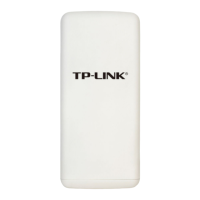
